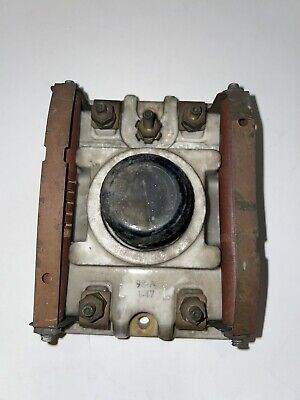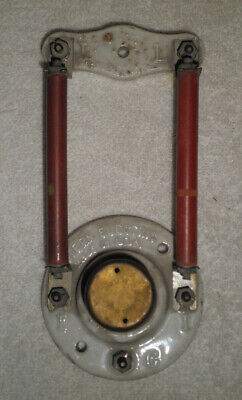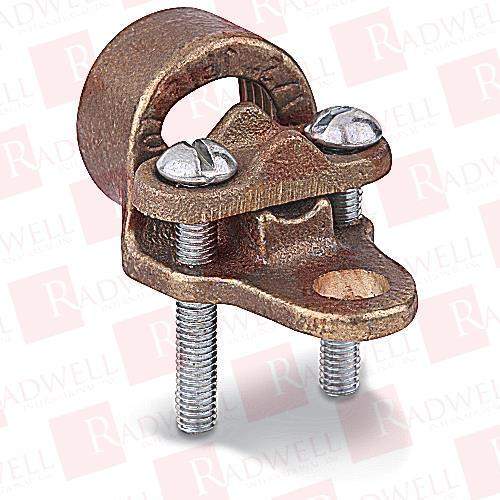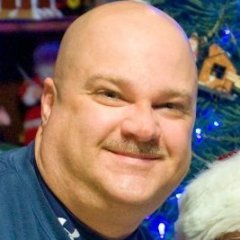My only current disagreement with the ARRL is that I think their doing a poor job on providing applicable recognized training and certification measures for the Amateur Radio community. Their "Standardized Training Program and Emergency Communicator Individual Task Book" is an embarrassment to those of us trying to work within the Amateur Radio Emergency Service framework. I wouldn't want anyone in the Emergency Management business to see it because it would make ARES a laughing stock. It is a Frankenstein Monster that attempts to put a Training Plan, Position Task Book. training catalog for a variety of positions, and 2 Job Guides into 8 pages. The writer had obviously never seen a Position Task Book nor read the FEMA Guidance on the preparation of one.
I was detailed to the Davis Development Center of the then California Department of Forestry in the Division of Natural Resources when FIRESCOPE was born. [I think it still has the prize for the most awkward acronym ever devised in English.] FIRESCOPE is supposed to be Fire Resources of California Organized for Potential Emergencies. It is generally acknowledge as the forebear of the Incident Command System. As I was only a seasonal firefighter I had no role in that process but every time the participants were at meals or on break I would listen to their thoughts as much as I could. One of the things that came out of that program was uniform description of fire suppression working positions. That way a Heavy Fire Equipment Operator; lovingly known as a Cat Skinner because he could operate a Caterpillar Bulldozer as skillfully as a pack stock handler could use a whip, was still a heavy fire equipment operator whether they worked for the National Park Service, Bureau of Land Management, Department of Indian Affairs, California Division of Forestry; Now Cal Fire; and so on.
[A pack stock handler is often called a mule skinner because they can skin a mule alive with their whip to make it do what they need it to do. That sounds brutal but the pack stock handlers have to be able to deliver resources to a fire line without the stock running off to their deaths at the smell of smoke.]
The participants in the creation of FIRESCOPE decided that Interchangeability of personnel was more important then which agency had initial attack responsibility for the point of origin of the fire. An Engine Foreman was the equivalent of a fire captain. A crew boss was the same as a Crew Leader... The process is to identify a job that requires unique skill set. Identify the needed skills, develop a training plan and experience list to teach those skills, and write a Position Task Book to record the completion of the training and the demonstration of the required skills for each individual seeking to qualify for that position in the Integrated Command System. Under this system ALL Position Task Books are individual. Positions are identified (Typed) so that a person to fill it can be requested from any agency that has a qualified person available.
By the way if anyone can tell me what an Emergency Communicator actually is my hat's off to you. I find that job title to be absolutely meaningless. I made appointments with senior managers from each of the organizations with which the ARRL has a memorandum of understanding that has a presence in the area for which I am the Emergency Communicator to ask them what they would expect an Emergency Communicator to do for them. Not one of them included anything having to do with the operation of radios to handle local and/or long distance messages. The answers these senior local managers gave covered quite a range of abilities. Some examples were: restore internet service, repair facility telephone system, install a local area network, answer telephones and take complete actionable messages, and the list goes on.
That last one was kinda close to an auxiliary radio operators job except it would be done by telephone. So add some field telephones to your equipment cache and run a couple of phone lines outside the facility you are trying to support to a radio operating position, and assign one of these mythical Emergency Communicators to staff those phones, prepare messages on ICS forms for signature by the originating served agency official, transport the message by Facsimile, Local Area Net, or sneaker net to the Radio Operator (RADO), file copies 2&3 of the form leaving the original; page 1; with the originator, confirm message transmission to the originator, and move on to the next message.
OK [RANT/]; meaning rant mode off.
Tom Horne W3TDH














